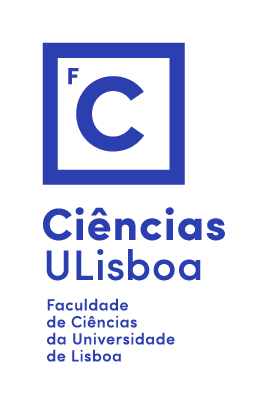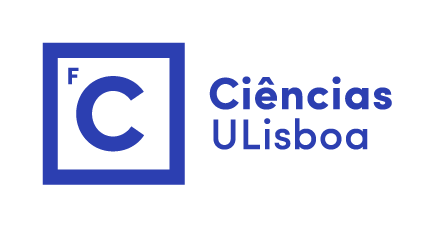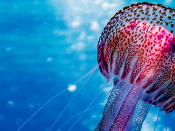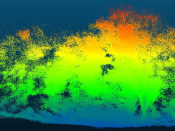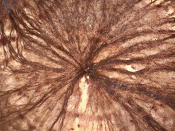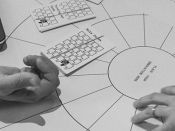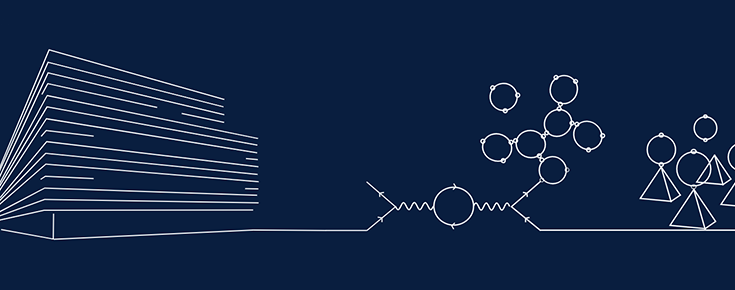
Por Diogo Pinto (Department of Physics, University of Oxford, UK).
Nature can self-assemble complex supramolecular structures from elementary building blocks with minimal mistakes. For example, adenovirus nucleocapsids are formed from different proteins that assemble and fold into a regular icosahedral shell. Inspired by these phenomena, researchers have devoted significant efforts to reverse engineer Nature and self-assemble structures from minimal building blocks. The control over the self-assembly of complex structures is a long-standing challenge of material science, especially at the colloidal scale, as the desired assembly pathway is often kinetically derailed by the formation of amorphous aggregates. We investigate in detail the problem of the self-assembly of finite size structures, particularly Platonic and Archimedean shells. We use patchy particles with attractive interaction sites (or patches) as model for the building blocks and recast the assembly problem as a Boolean satisfiability problem (SAT) for the patch-patch interactions. This strategy effectively reduces the self-assembly process into a coloring problem between patches, where each patch is assigned a color with a complementary interaction. This allows us to find effective designs for different assembly targets, and to selectively suppress unwanted structures. To rationalize the effective designs, we propose a mapping to a graph theory formalism, unveiling their hidden structure. We show that there is a clear correlation between high yield designs and highly asymmetrical patterns of the underlying graph. Based on these results, we establish general rules guiding the design of successful assemblies.
